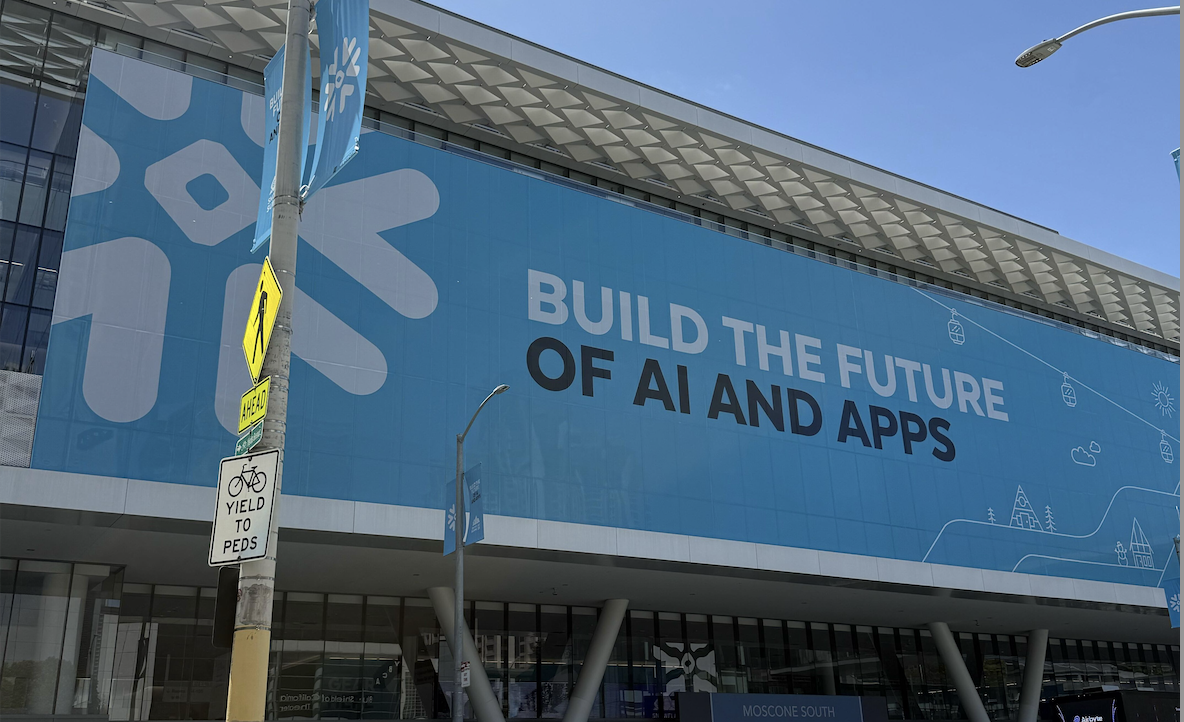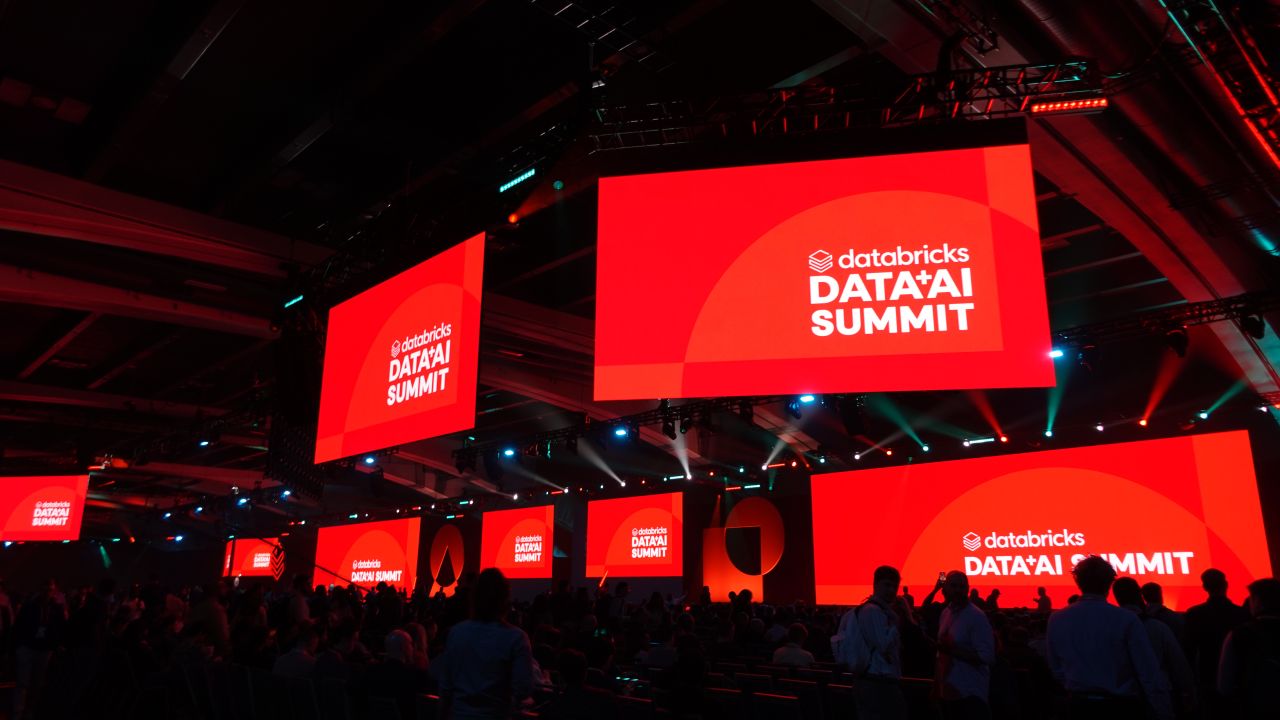Visualization Libraries for Machine Learning with Python

You managed to install all the Essential Python Libraries for your Machine Learning project. You’ve also analyzed your data and found some interesting patterns that will definitely have an impact on your business solution.
Since a well-drawn graph speaks a thousand words, you decide to let the data present itself.
However, you are facing again a multitude of Python libraries. Which visualization library to choose for your ML project? Each of them comes with its own superpowers, so let us take a closer look at the most popular options.
Matplotlib
As a low-level solution, Matplotlib is the standard option when it comes to exporting 2D plots and graphs. The library allows the creation of a variety of plots and (surprise!) works out of the box with both Numpy and higher-level Pandas objects.
The selling point of the Matplotlib library is that its plotting environment is highly customizable. This means that the finest details like grids, legends and labels can be controlled independently of each other.
However, such increased flexibility comes with a cost. Be ready for a steep learning curve when learning about the hundreds of knobs and methods available to you.
Seaborn
As a high-level visualization library, Seaborn offers good looking, high-quality figures out of the box. The focus of the library is to enable visualization of various statistical models and to help you quickly explore relationships between multiple variables.
Sophisticated graphs can be easily created without having to worry about the underlying Matplotlib backbone, but customization is still possible if you’re feeling adventurous. The main features of this library are a set of built-in visualization themes, custom color palettes and out of the box support for multiplot grids. Really hard to resist!
Plotly
Also a high-level library, Plotly supports interactive visualization of data on the web. It makes it possible to either create plots and graphs from scratch or to import them from existing Matplotlib formats.
Setting up public or private dashboards enables collaboration among multiple team members. On top of that, the web environment can be plugged into via its API from multiple programming languages (R, Matlab, and others).
As opposed to the previous libraries, Plotly is not open source. The additional tools that it provides via its commercial offer may however still be of interest to you or your team.
Bokeh
Another choice for the fans of interactive visualization, Bokeh is a web tool ideal for sharing and collaborating on data plots. The powerful interface is based on javascript and allows the exploration of a variety of datasets: along with multidimensional tables, geolocation data and network graphs are also supported.
Deploying your own Bokeh server during exploratory data analysis, collaborating on interactive Jupyter notebooks and even embedding interactive plots in HTML documents are some of the most attractive features.
On top of that, web-like interactions (like zooming, hovering, selecting of data points) make the tool particularly suited for presenting data-based reports in modern browsers.
These python libraries are the most popular options that allow you to easily visualize your data and your analysis results. Next time we will try to figure out which Python Deep Learning frameworks are suited for your data-driven problem-solving.


